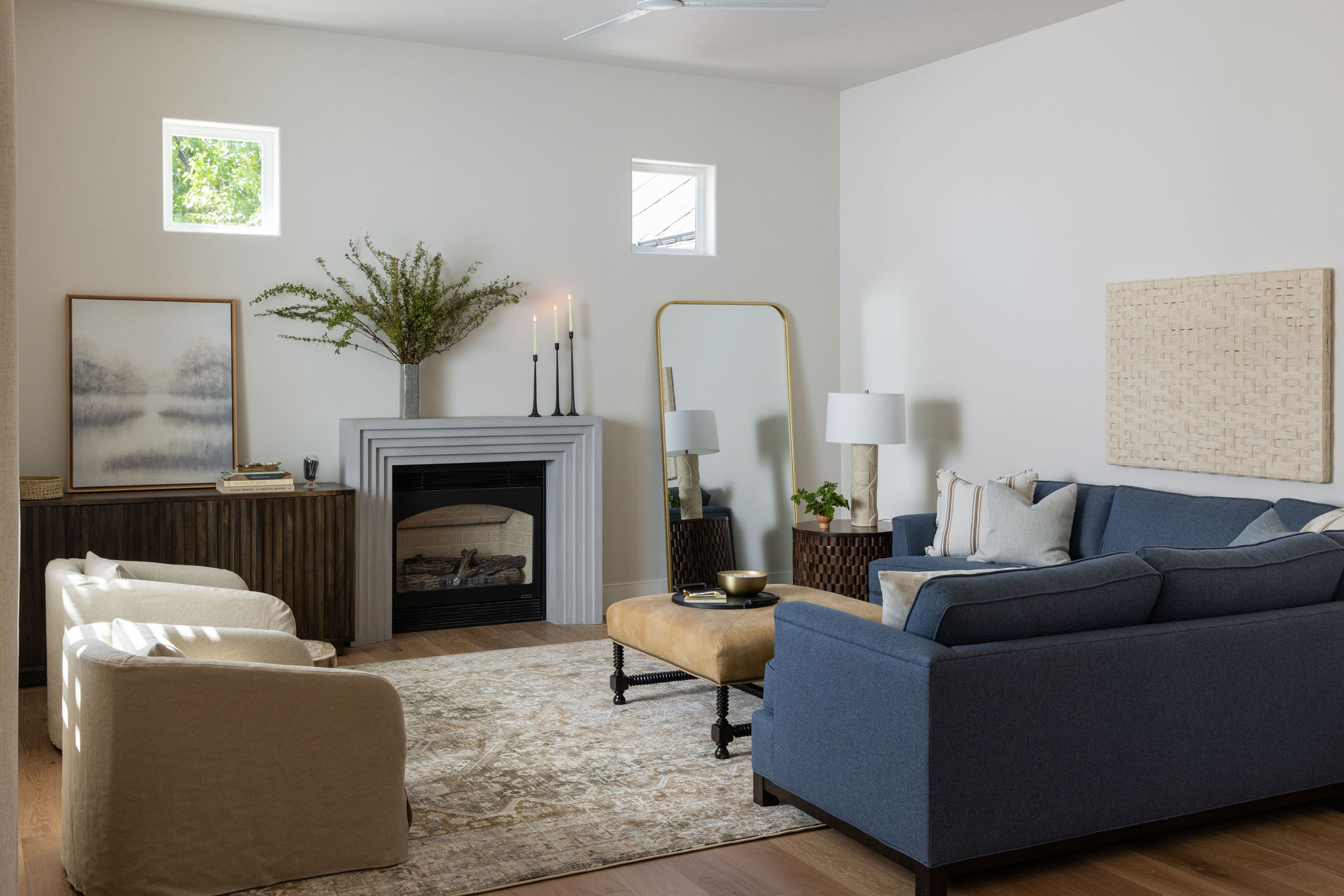Interior design is more than just arranging furniture or picking paint colors; it’s about crafting spaces that feel uniquely yours. One of the most dynamic ways to infuse personality and vibrancy into a room is by mixing patterns and textures. While it might seem daunting, combining these elements can elevate your home. Here’s how you can mix patterns and textures to create a harmonious and stylish interior.
1. Understand the Basics
Before diving into the world of patterns and textures, it’s crucial to grasp the fundamentals. Patterns can be classified into several categories: geometric, floral, abstract, and more. Textures, on the other hand, refer to the surface quality of materials, such as smooth, rough, soft, or glossy. Understanding these categories will help you make informed choices and create a balanced design.
2. Start with a Neutral Base
A neutral color palette serves as the perfect canvas for incorporating various patterns and textures. Colors like white, beige, gray, or soft pastels provide a cohesive backdrop that allows patterns and textures to stand out without overwhelming the space. By starting with a neutral base, you can experiment more freely with bolder elements.

3. Choose a Dominant Pattern
To create visual interest without chaos, select one dominant pattern to anchor the room. This could be a large-scale rug, a statement wallpaper, or a bold fabric on a key piece of furniture. Once you have your focal point, you can build around it with complementary patterns and textures. The dominant pattern should be the most eye-catching element, while secondary patterns should support rather than compete.

4. Mix Patterns with Purpose
When mixing patterns, aim for a balance between scale and style. Pair large patterns with smaller ones to avoid visual overload. For instance, if you have a large floral print on your sofa, consider adding smaller geometric patterns with throw pillows or curtains. Additionally, mixing different styles—such as traditional and contemporary—can create a dynamic yet cohesive look.
5. Incorporate Textures for Depth
Textures add depth and dimension to a room, making it feel more inviting. Combine various textures to create a rich, layered effect. For instance, a plush velvet sofa can be complemented by a woven wool throw and a sleek glass coffee table. Textures can also help to soften bolder patterns and create a more balanced visual experience.

6. Use Color to Tie Everything Together
Color plays a vital role in mixing patterns and textures. When combining different elements, ensure they share a common color scheme or complementary hues. This creates a sense of unity and prevents the room from feeling disjointed. For example, if your dominant pattern includes blues and greens, you might choose accent patterns and textures in similar shades or complementary colors.

7. Consider the Room’s Function
Different rooms call for different approaches to pattern and texture mixing. In a living room, where relaxation and conversation are key, you might choose softer, more inviting textures and patterns that foster comfort. In contrast, a dining room might benefit from more vibrant patterns and textures that stimulate conversation and create an energetic atmosphere.
8. Experiment with Accessories
Accessories are a fantastic way to experiment with patterns and textures without committing to a complete overhaul. Incorporate patterned throw pillows, textured rugs, or decorative vases to add layers of interest to your space. Accessories are also easy to swap out, allowing you to refresh your room’s look with minimal effort.
9. Maintain Visual Balance
Finally, ensure that your space maintains visual balance. This doesn’t mean everything has to be symmetrical, but rather that there should be a sense of equilibrium. Distribute patterns and textures evenly throughout the room to avoid clustering them in one area. The goal is to create a visually appealing arrangement that feels both intentional and effortless.

10. Trust Your Instincts
Ultimately, interior design is a personal expression of style and taste. While guidelines can help, the most important aspect is to trust your instincts. If something feels right to you, it likely will resonate with others who experience your space. Don’t be afraid to take risks and let your creativity guide you.
Conclusion
Mixing patterns and textures is an art form that, when done thoughtfully, can transform a space into a captivating and comfortable haven. By starting with a neutral base, choosing a dominant pattern, and balancing textures, you can create interiors that are both stylish and uniquely yours.
Construction Team: Tankersley Construction
Photographer: Nicole Dianne Photography
